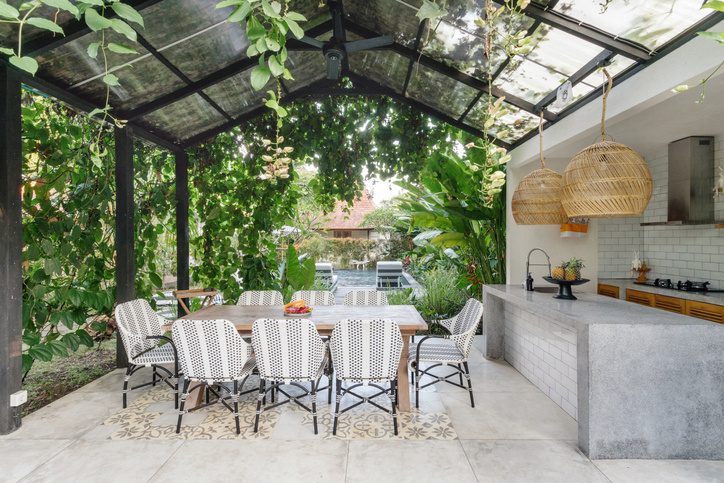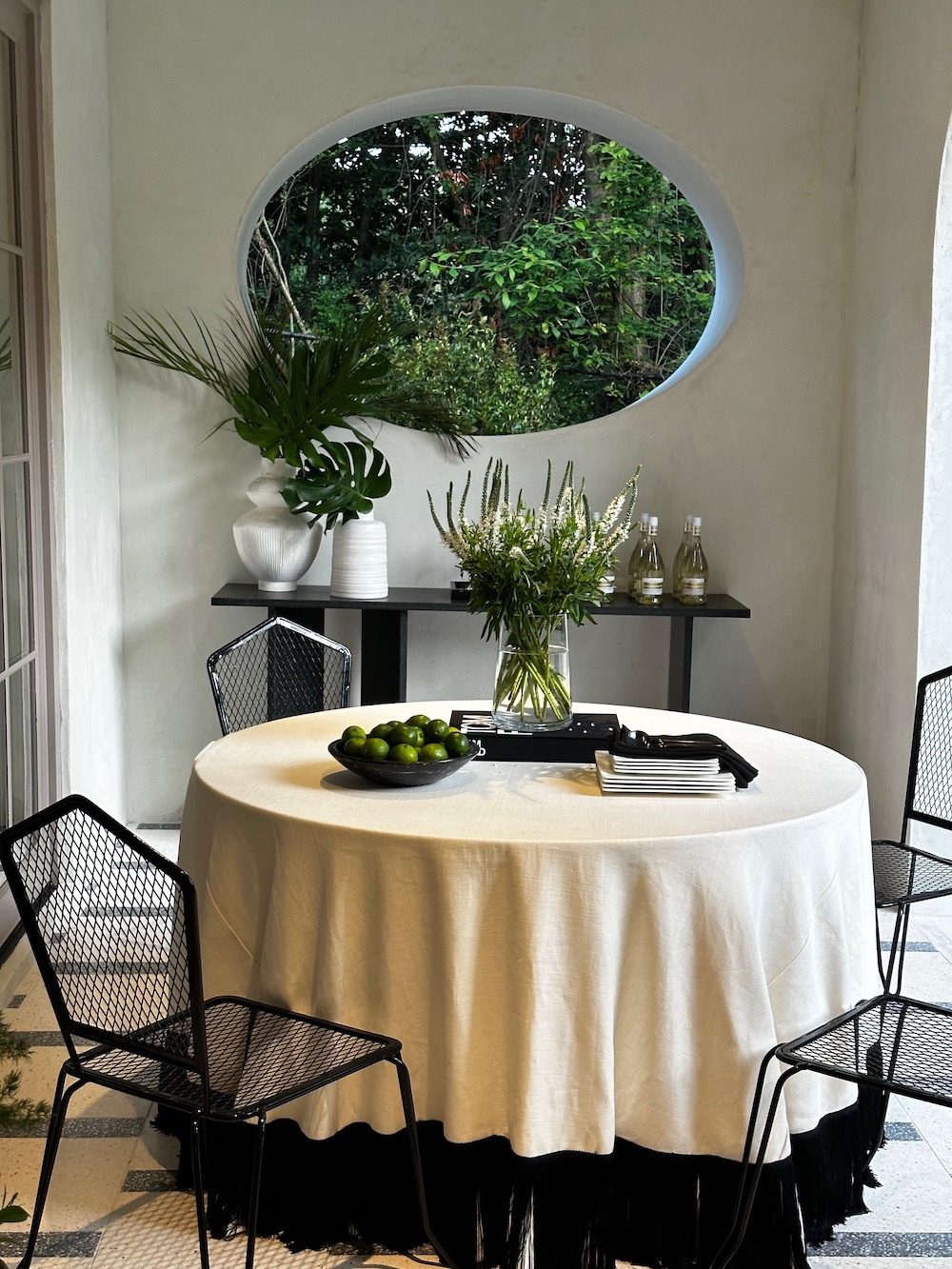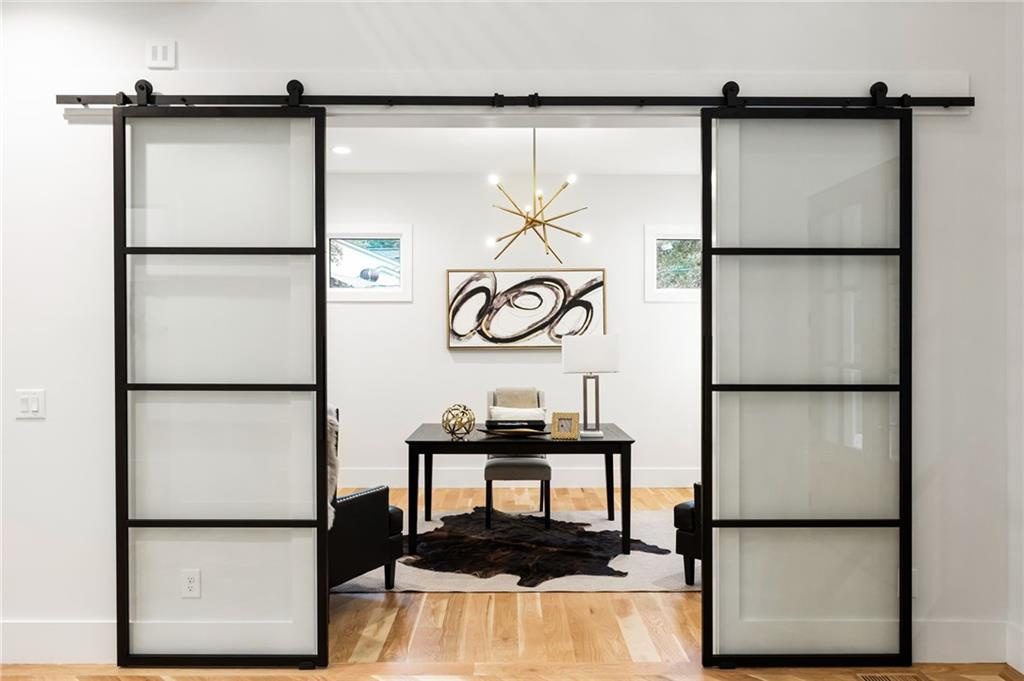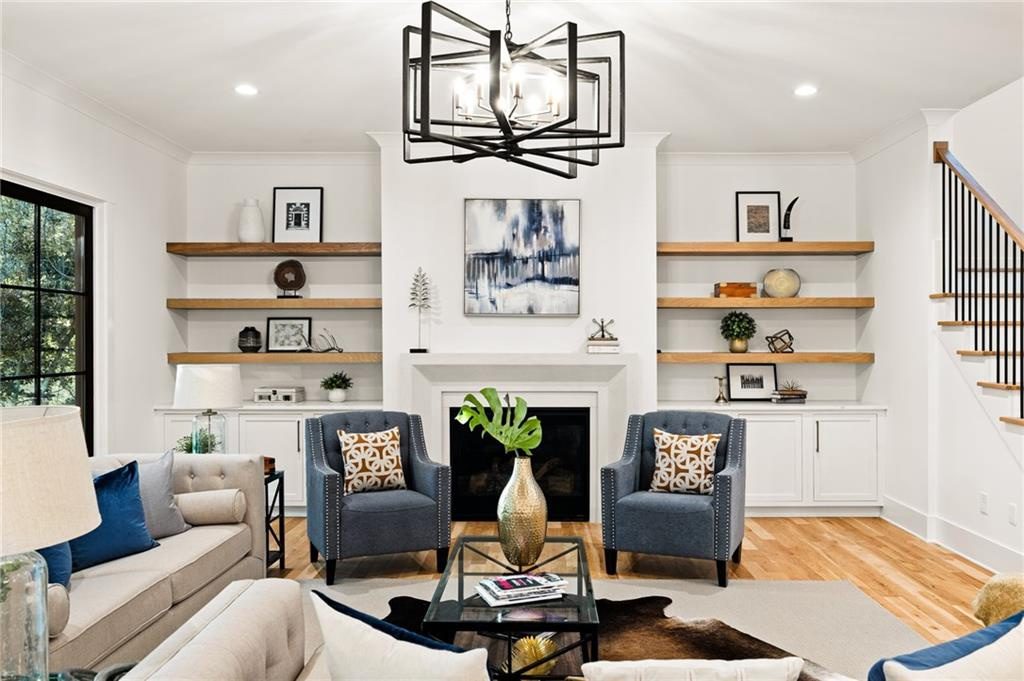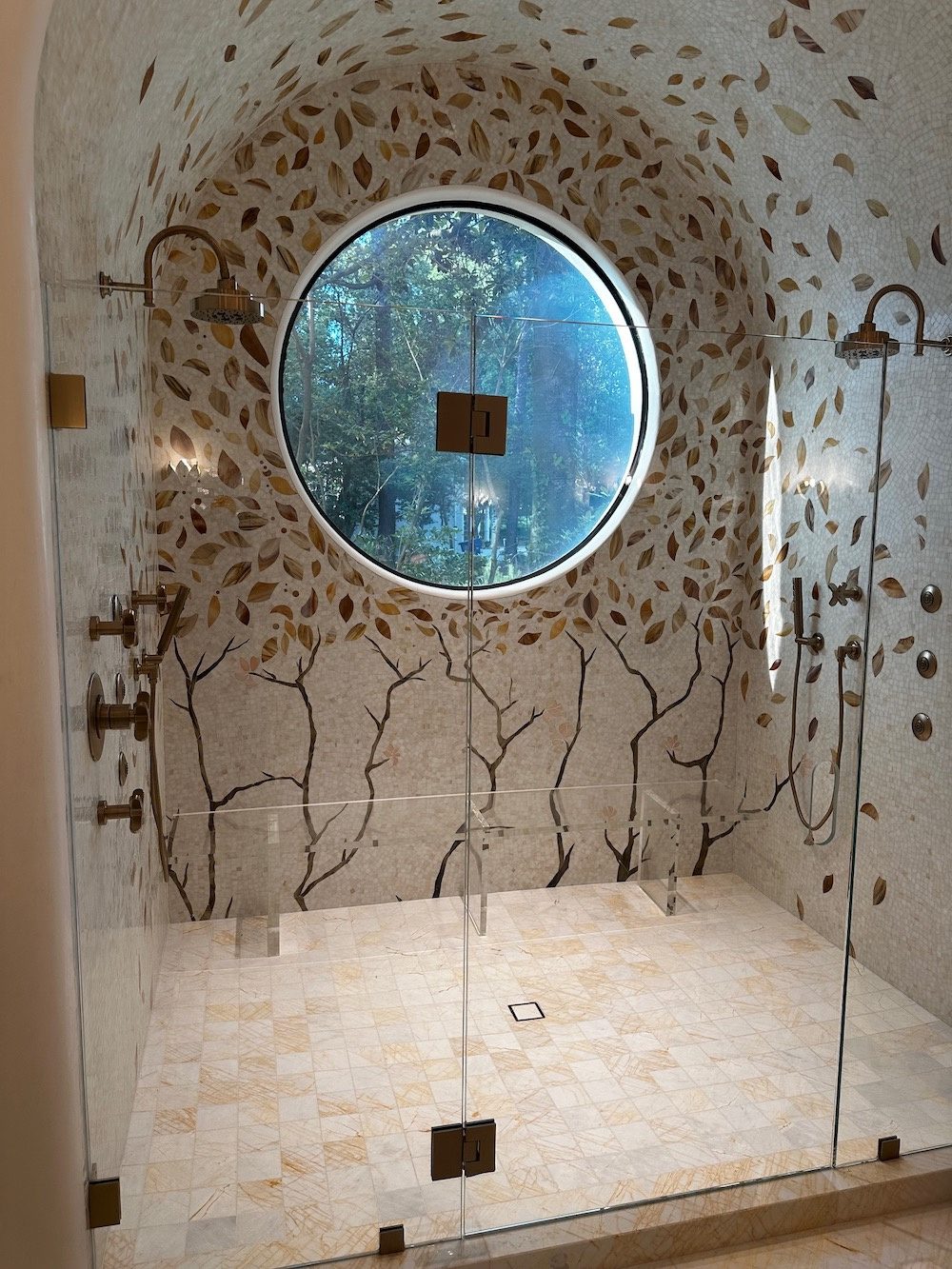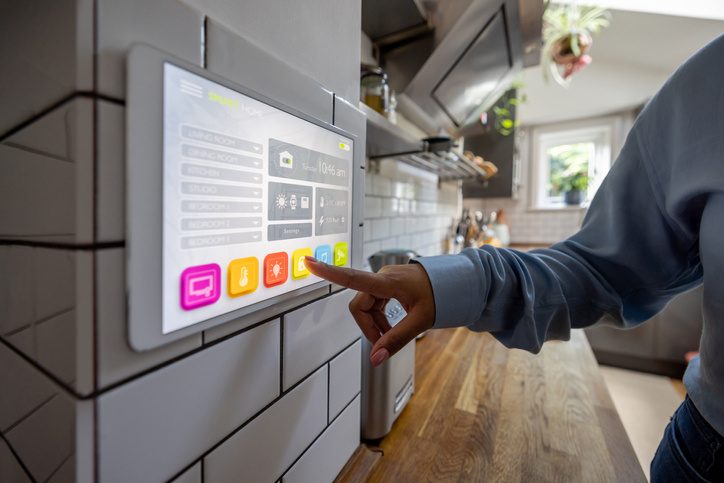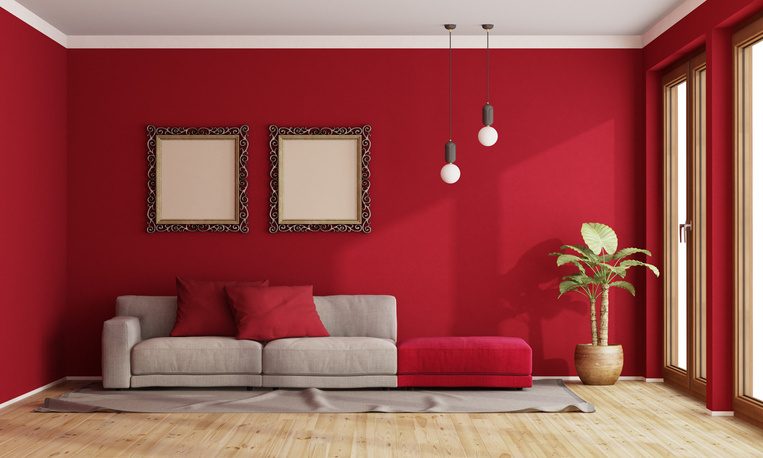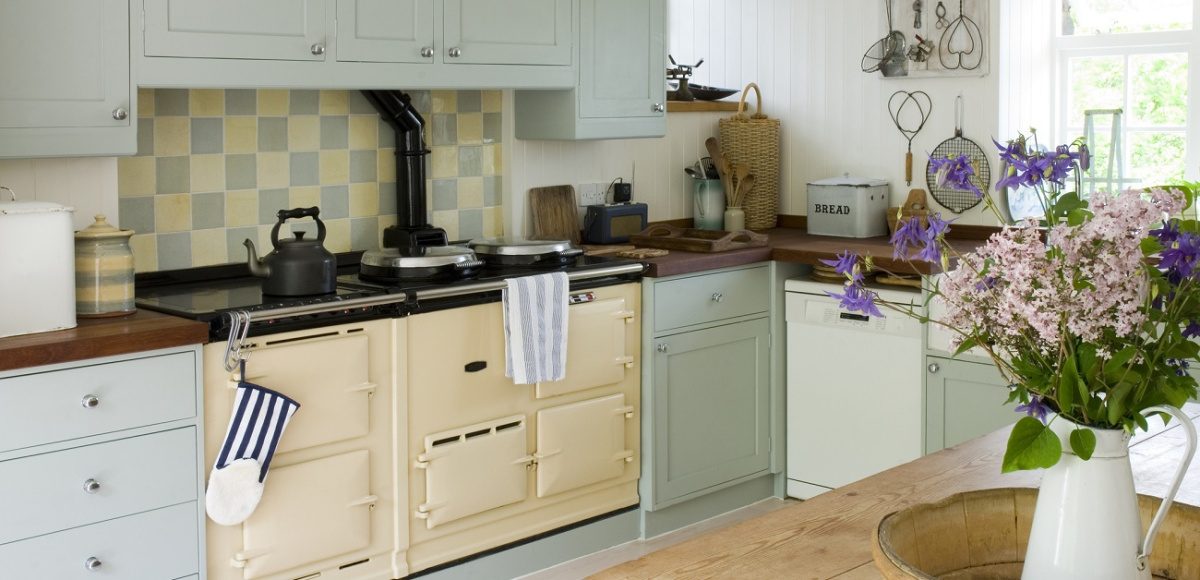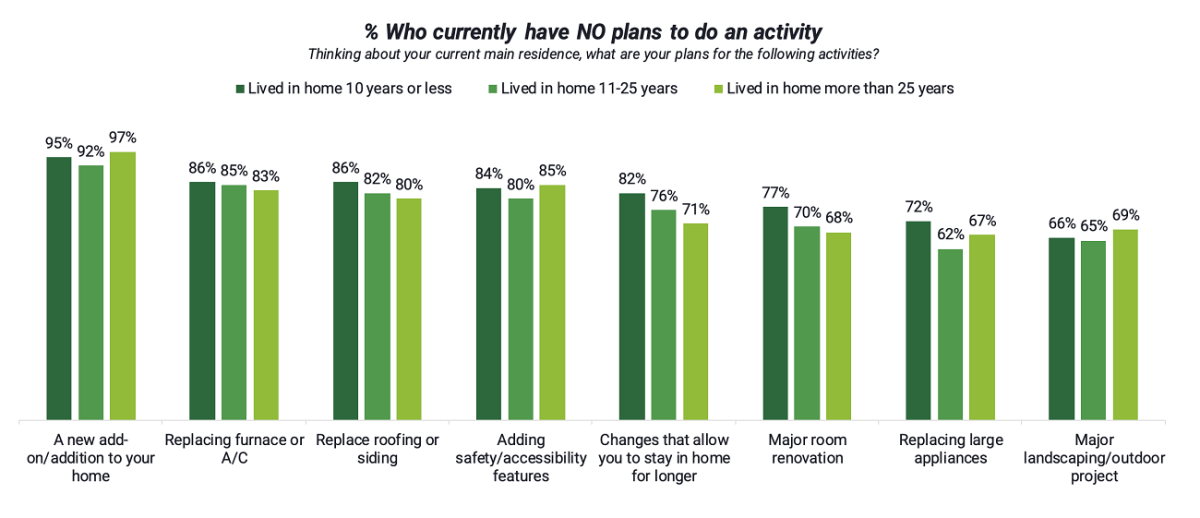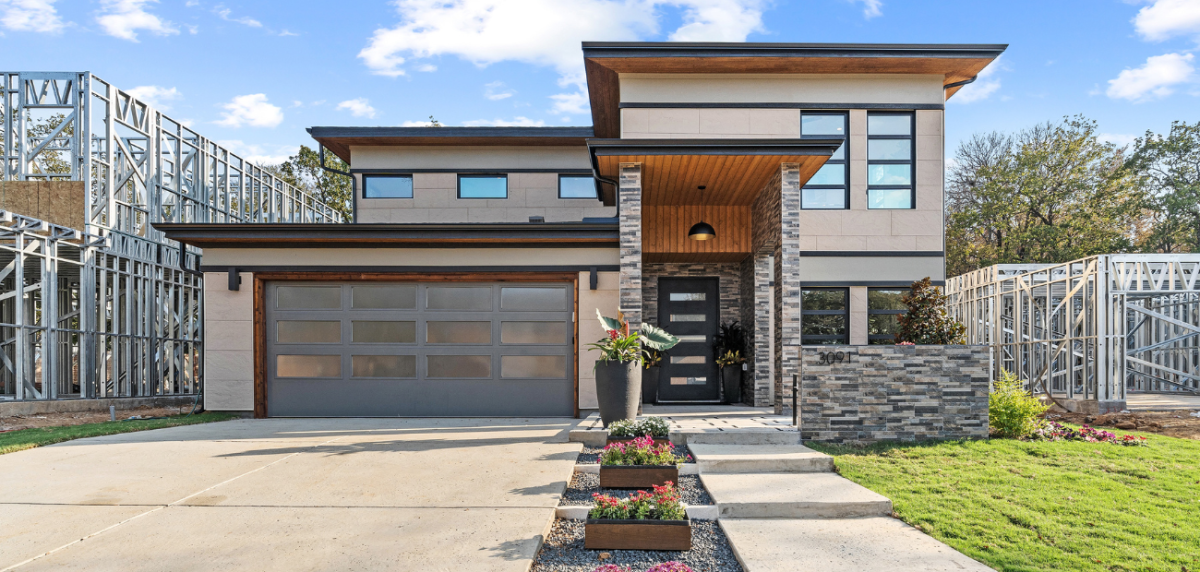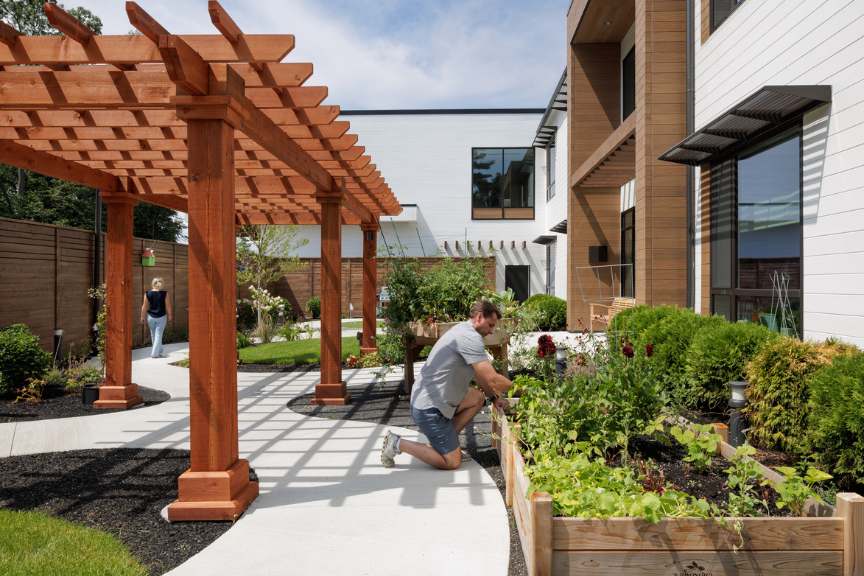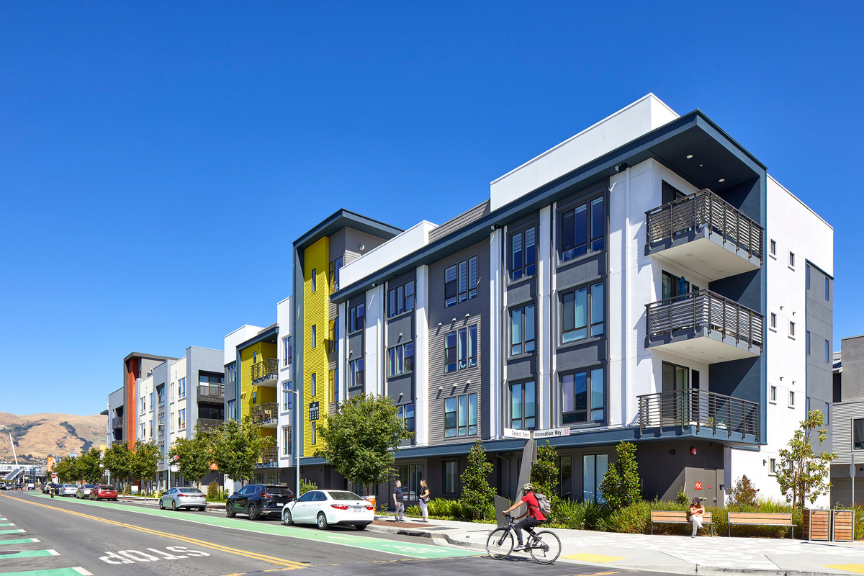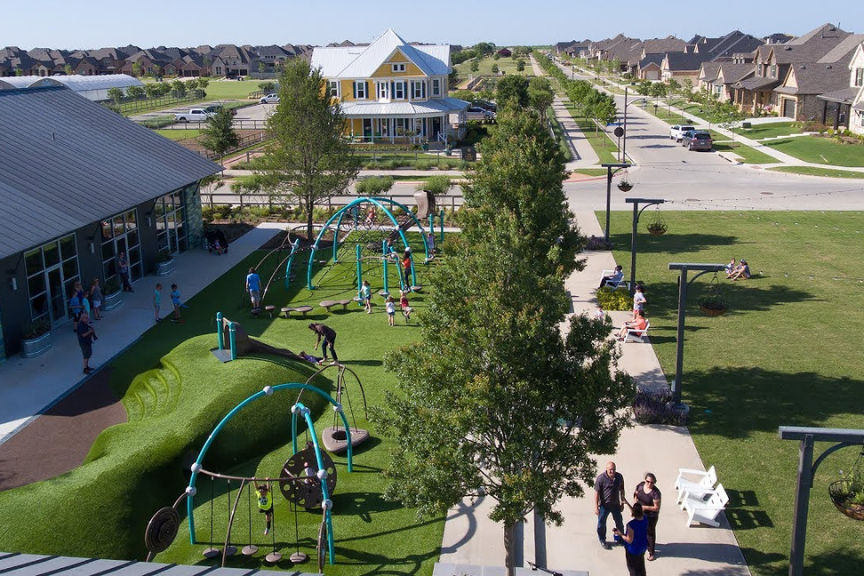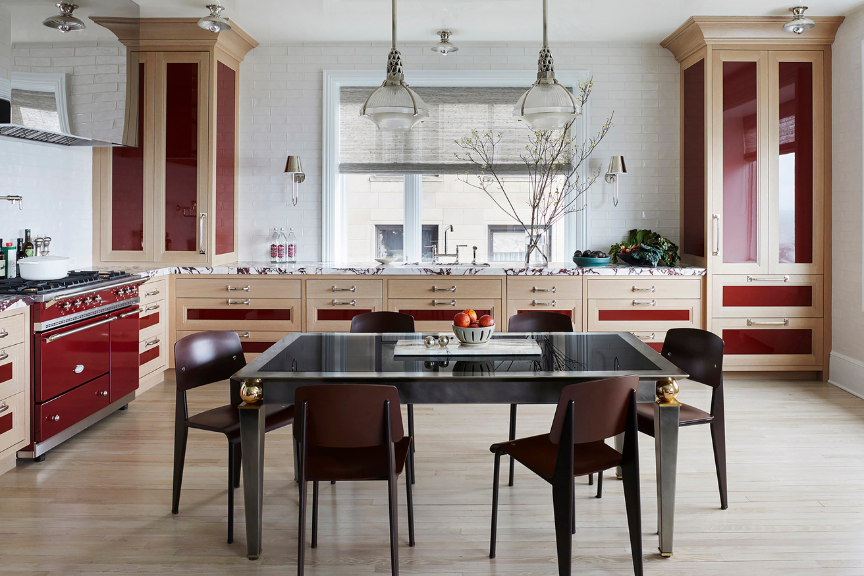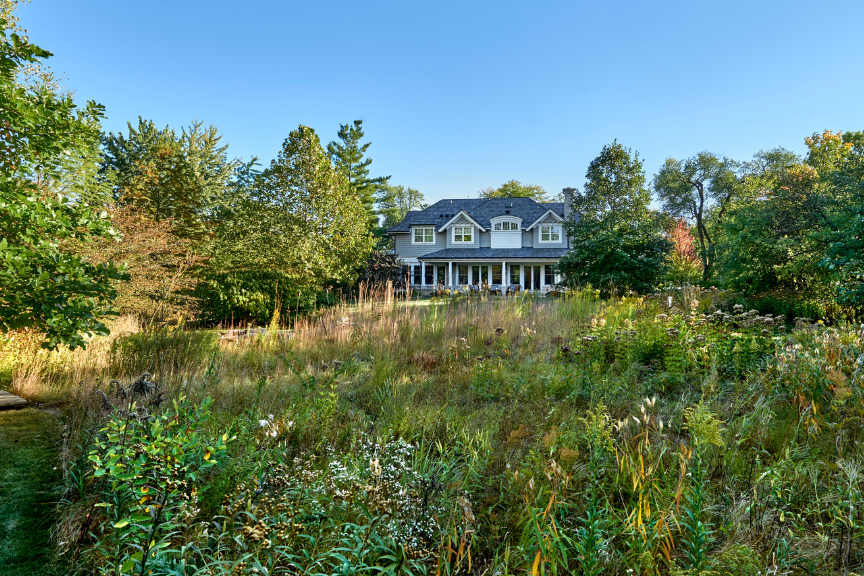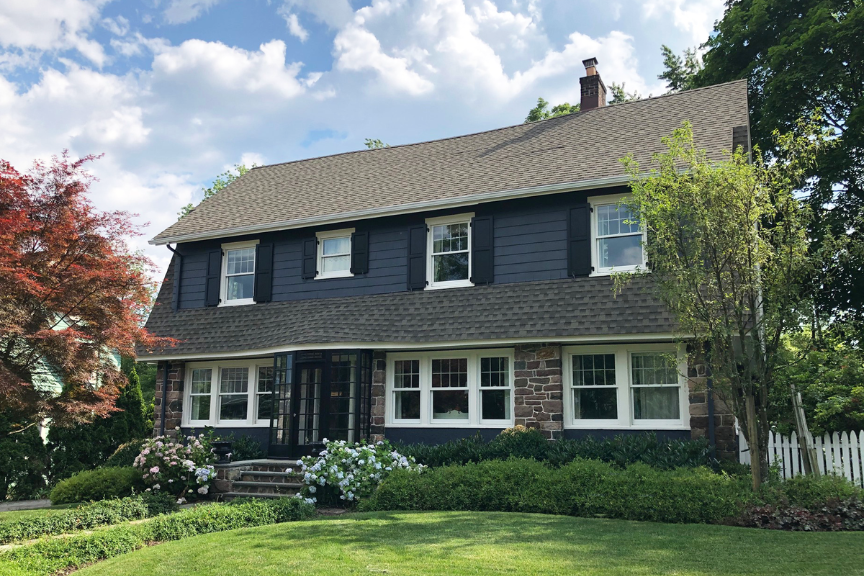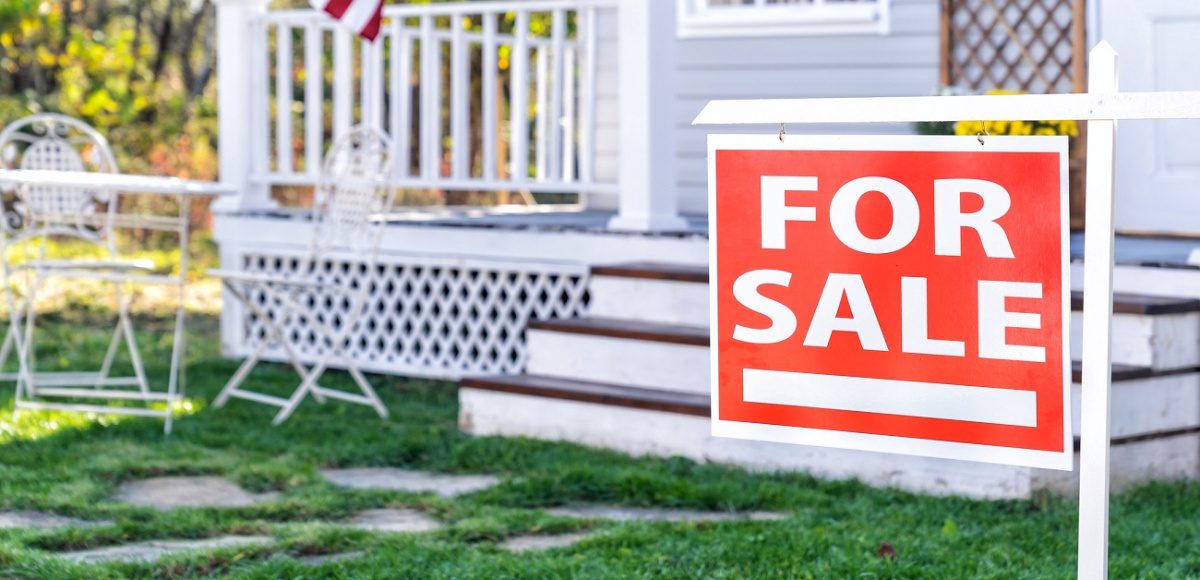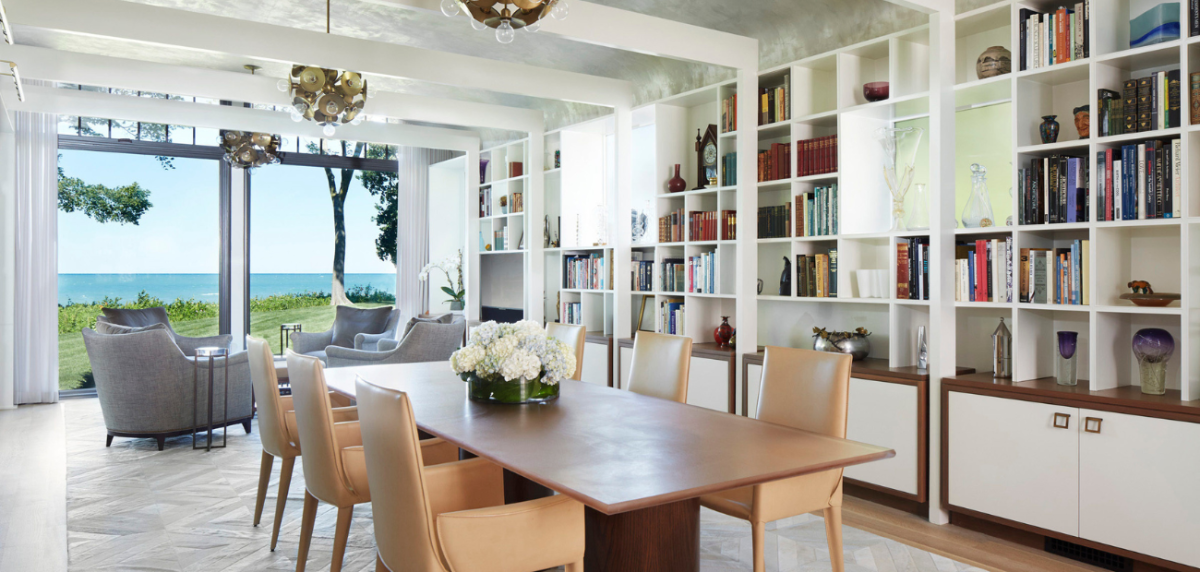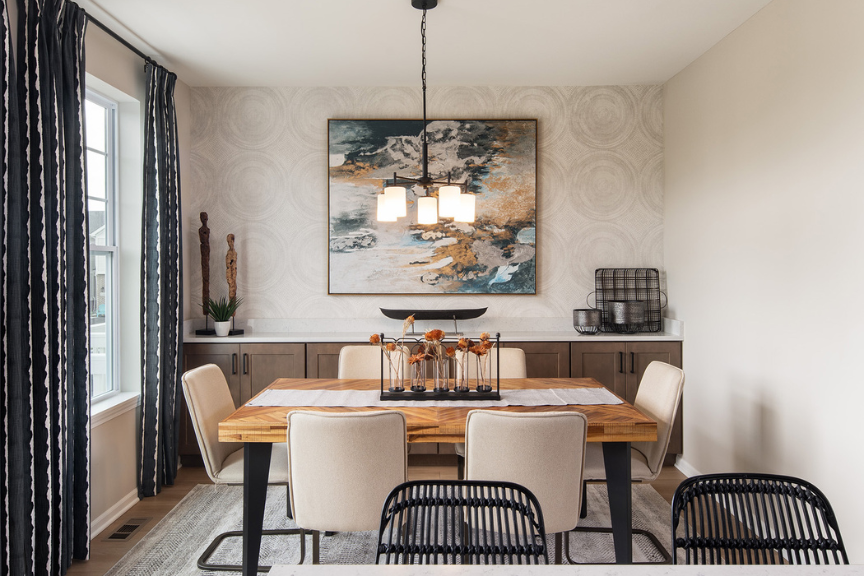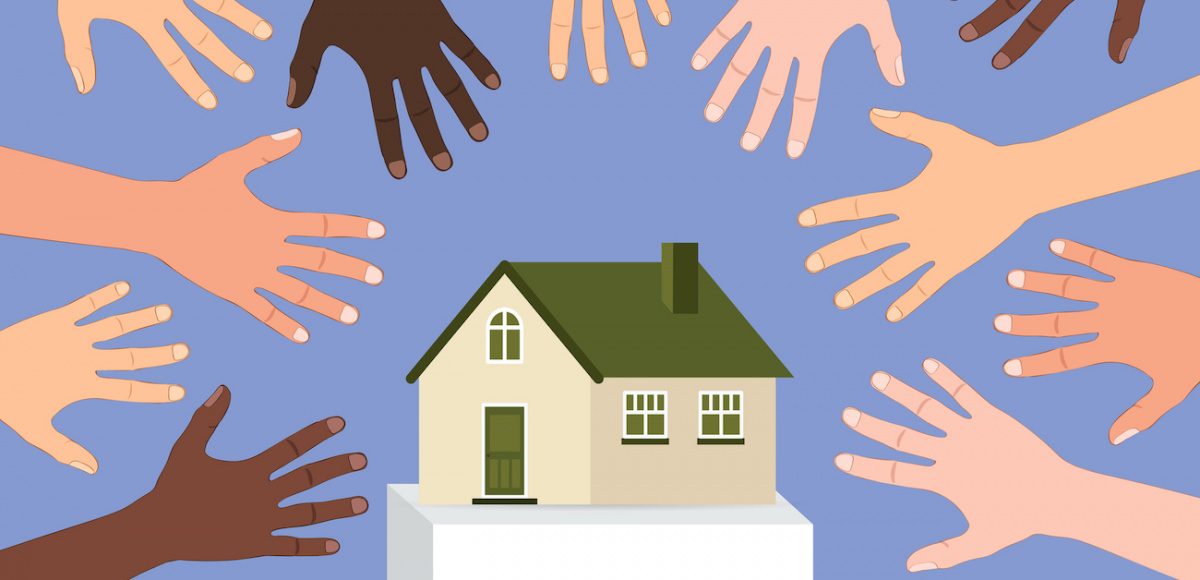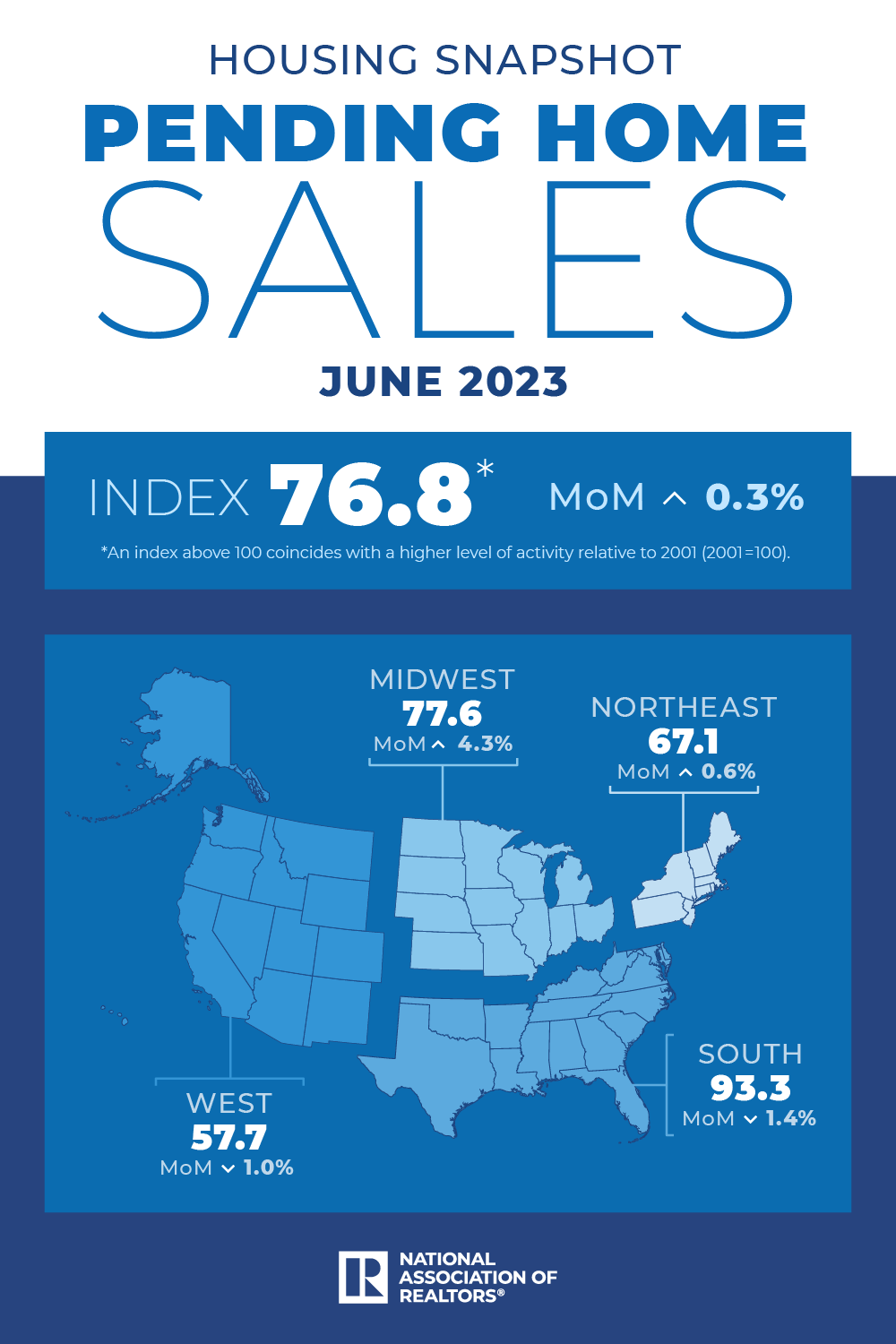An interior designer shares the biggest errors young people make when outfitting a home for the first time.
July 15, 2024
Design & Architecture, Design Trends
Share
When decorating a home, poor planning for the size of the space, such as ordering a rug that’s too big or small, is a common mistake. B2C Furniture,(link is external) a sustainable furniture firm, crunched social media data to identify the most common furniture mistakes young adults make when outfitting a home for the first time.
“For a lot of people in their 20s, it’s their first time moving into a new home or a shared space, and they often don’t understand what pieces are necessities and ‘nice-to-haves,’” says Stacey Clarke, general manager of B2C Furniture. “They end up with a cluttered space rather than a practical one.”

Here are some furniture mistakes to avoid.
1. Poor space planning
“One of the biggest no-no’s is blocking doorways in any room,” Clarke says. “You need good access for your doors to open completely, as this will open up the space and make your room appear bigger. For the bedroom, consider whether side tables would be practical, as you won’t always have space. In the living room and dining room, ensure that you can get easy access to the windows and that you’re not blocking your TV and entranceways. Plan around your necessities and then add on from there if the space allows it.” She adds that multifunctional pieces can last through different phases of life.
2. Choosing the wrong rugs
A well-placed, thoughtfully chosen rug is as important to the overall look and feel of a space as any piece of furniture. But too often, homeowners opt for the wrong size, Clarke says. “This comes from not understanding the measurements of a room, as a correct rug size can amplify the space. You should always have your rug sit underneath your sofa—about 30% to 40% in—and have the legs of the sofa sit on top. This will open the space and accentuate the size of your living room. The same goes for the foot of your bed frame if opting for a rug in the bedroom.”
As a general rule: Ensure the rug is wider than the sofa. Rugs that are narrower can throw off the proportions of the room and tend to sit awkwardly with the furniture.
“You want your rug to sit comfortably within the room but not dominate and cover it wall to wall,” Clarke says. “Measure your room closely and aim to leave breathing space all around.” She also recommends using masking tape to mark up the size of the furniture pieces and the layout before committing.
Listen to “Real Estate Today” to hear Melissa Dittmann Tracey give advice about choosing the right rug for your space on the “Hot or Not?” segment.https://play.libsyn.com/embed/episode/id/32217487/height/192/theme/modern/size/large/thumbnail/yes/custom-color/004282/time-start/00:22:35/playlist-height/200/direction/backward/hid-subscribe/yes/hide-share/yes/download/yes/font-color/FFFFFF
3. Buying furniture with no support
Opting for pieces with no support or a lack of structure—thin arms, for example—is another common furniture mistake, Clarke says. “This comes down to knowledge and experience; take the time to verse yourself with the array of materials available in the market,” Clarke adds. “While it’s tempting to buy budget furniture items that are often considered trendy and affordable, these are generally made from poor materials and likely will not last long.”
Understanding the difference between materials like wood and chipboard or MDF (Medium Density Fiberboard) is key, Clarke says. “Where wood or timber is a more durable piece of material, chipboard and MDF are made of sawdust or excess from the wood, engineered together to make a plank,” she explains. “These typically have a very short lifespan, so avoid furniture made out of these, particularly in bed frames. The joinery for these materials doesn’t hold its integrity, as it can often pull apart, making it harder to screw in or re-screw into the joints. So, you’ll need to invest in a new piece if you ever move.”
4. Choosing furniture that doesn’t match your lifestyle
Avoid buying into trends and “getting caught up in the ‘Instagram-worthy house’ that looks beautiful but isn’t very practical,” Clarke says. “Furniture is an investment, and it’s important to choose materials that are durable and can last through the years.”
For example, if you’re considering having a family, you may want to avoid light-colored fabrics that children can get messy, Clarke says. Also, if you have a pet, consider rugs with materials that are easy to clean and resistant to scratching. “Don’t skip out on reading the product description or fine print, as most good furniture companies will always have information about the materials, where the products are from and the care instructions,” she says. “They even go as far as having specific product categories geared towards pet-friendly rugs.”
5. Not seeing your furniture in-person
With the convenience of online shopping, failing to check the quality of your furniture can lead to easy mistakes when it comes to sizing or materials. “Often, we opt for the easy option, which is to go online,” Clarke says. “There’s nothing wrong with that. But make sure that you’re knowledgeable and well-versed on the materials, and ask the right questions.”
Measure your space first. Double-check the dimensions of the furniture to ensure it fits your space.
“Make sure that the furniture company you shop from has an easy return policy, especially when purchasing online,” Clarke says. “Also, look into the company’s warranty policy and when you can expect to get the delivery. You don’t want something to arrive in three months when you need the couch now. Typically, items from traditional furniture stores are made to order with six-to-12-month or six-to-nine-month wait times.”
6. Rushing purchase decisions
“The excitement of moving into a new home and having their own space to decorate makes young people more prone to this mistake,” Clarke says. Don’t overlook the general requirements and practicality of the living area. “Take the time to think about the use of each room,” she says.
Clarke advises starting with the fundamentals first and then building from there. For instance, functional pieces are items like the bed and sofa. “These are also your bigger pieces, so they’re going to be harder to maneuver around than the smaller items, like a side table, that might be just ‘nice-to-haves,’” she says.
Also, opt for a classic color palette to preserve the longevity of the furniture pieces you choose. “Wood or natural timbers are timeless, as they last through all trends, but also easy to mix in with other trends,” she says. “This is crucial because if there’s something else that is in style in a few months or a year’s time, you can easily adapt your styling with smaller pieces, like cushions, throws and homewares, rather than having to swap out your big functional furniture piece.”



